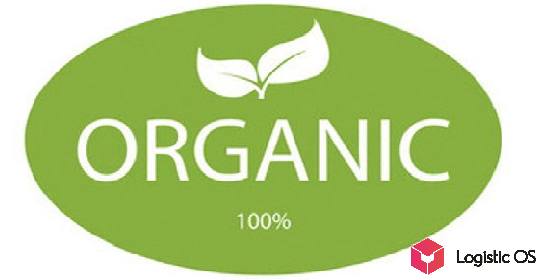From March 11 to March 20, Russia exported 2.3 times more grain than during the same period last year.
According to the latest data, in the second ten days of March the volume of Russian grain exports amounted to about 2.9 million tons. In 2023, about 1.2 million tons were shipped during the same period.
At the same time, the most noticeable growth was in the supply of wheat: it
and more than doubled. If in the second ten days of March 2023 they amounted to about 1 million tons, then for the same period of this year — 2.2 million tons. This data is provided by the Russian Grain Union.
In general, since the beginning of March, about 4.1 million tons have been sent abroad. This is almost the same volume as in March last year.
However, the structure of exports has changed significantly during this time.
While almost the same amount of wheat was exported, about 3.4 million tons, the volume of barley supplies almost doubled, while corn supplies dropped by 44%.
The competitiveness of Russian wheat is growing
According to Elena Tyurina, director of the analytical department of the Russian Grain Union, Russian products can currently compete successfully in the world market.
In particular, this was made possible thanks to attractive prices.
Now wheat from France is trading at about $215 per ton, American wheat at almost $230, while Russian wheat costs about $210 — $211 per ton.
According to experts, it was precisely this price reduction that could be one of the factors that stimulated the growth in supplies in the second half of March.
At the same time, the supply from manufacturers on the Russian market is growing, this is facilitated by the high reserves that they have accumulated at the moment.
Which countries buy Russian grain?
The structure of Russian exports has also undergone significant changes recently.
For example, in the second ten days of March, the main buyer of Russian wheat becameEgypt, which purchased about 860 thousand tons. This is 22% less when compared to the same period last year.
Turkey retains second place, however, a very significant decrease is also observed here: from 607 thousand tons to 274 thousand tons.
In third place in the list of active buyers of Russian wheat is Libya, but even there there is a threefold drop in supply volumes, to 194 thousand tons.
In addition, today Saudi Arabia, Bangladesh, and Mexico buy Russian wheat. Moreover, the volume of supplies to most of these countries is growing.

